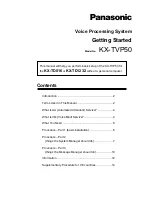
19
1. Minimum cable lengths.
Select a location that minimizes the length of
battery cables to reduce voltage drop from the impedance.
Interconnection cables (battery to battery) must meet the following requirements
to optimize performance:
1. Equal cable gauge.
The interconnection cables should be the same gauge.
2. Equal cable length.
The interconnection cables should be of equal length.
Equipment must be installed in accordance with the standards set by the local
authority having jurisdiction.
1. If the circuit of equipment that the batteries are installed in has a
disconnect, open the disconnect to isolate the batteries.
2. Ensure that all batteries are set to OFF.
3. Ensure the cable connections are clean and serviceable.
4. Install and secure new batteries. Be careful not to make contact
between the terminals and any metal mounting, fixture, or body part.
5. Connect battery positive ( + ) cables between the battery positive ( + )
terminals with firmly tightened terminal hardware.
Figure 6. Positive Parallel Connections.
6. Connect battery negative ( - ) cables between the battery negative ( - )
terminals with firmly tightened terminal hardware.
Figure 7. Negative Parallel Connections.
7. Connect the load positive ( + ) cable and load negative ( - ) cable to the
opposing ends of the parallel batteries.










































